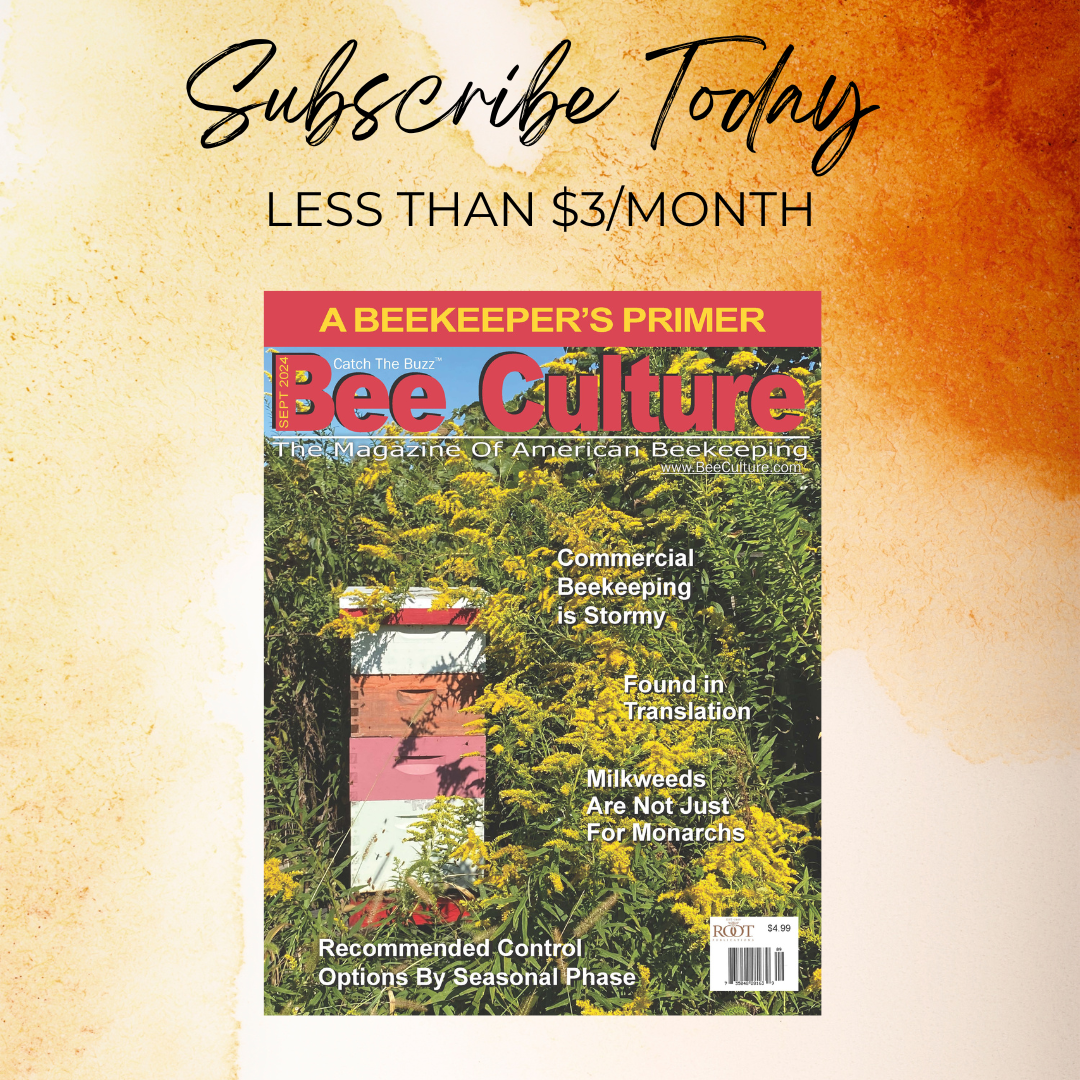 Pollinators play a crucial role in both human agriculture and ecosystems by supporting thousands of plant species and crops which feed humans and livestock. Unfortunately, habitat loss, disease, and pesticides contribute to the decline in pollinator biodiversity worldwide, which has led to a substantial reduction in native bee species, impacts to honeybees, and the decline of the iconic Monarch Butterfly. In their efforts to integrate sustainable design, several NASA centers have implemented measures promoting preservation of pollinator habitats though gardens, meadows, and other initiatives.
Pollinators play a crucial role in both human agriculture and ecosystems by supporting thousands of plant species and crops which feed humans and livestock. Unfortunately, habitat loss, disease, and pesticides contribute to the decline in pollinator biodiversity worldwide, which has led to a substantial reduction in native bee species, impacts to honeybees, and the decline of the iconic Monarch Butterfly. In their efforts to integrate sustainable design, several NASA centers have implemented measures promoting preservation of pollinator habitats though gardens, meadows, and other initiatives.
Marshall Space Flight Center (MSFC)
Several groups work to enhance pollinator habitat and the understanding of pollinator species around the center. Two pollinator focused project have been completed at MSFC: the pollinator garden and the pollinator meadow. The pollinator garden was constructed by the MSFC Green Team in collaboration with the Northern Alabama Master Gardeners. Garden consists of five beds located just behind the MSFC Wellness Center on the south end of the Walking Trail and is certified with the North American Butterfly Association and a registered Monarch Waystation. In the fall of 2023, maintenance of the pollinator garden was handed over to the Pollinator Club. In the spring of 2023, a roughly 2-acre pollinator meadow was planted. The meadow includes a mix of native flowering plants and is mowed once each year.
In addition to the pollinator focused projects, MSFC also has a garden club, which maintains individual and club garden plots that attract pollinators to the Center. The MSFC Green Team and clubs hold regular education and outreach events to increase knowledge of pollinators, their importance, and threats to their survival.






